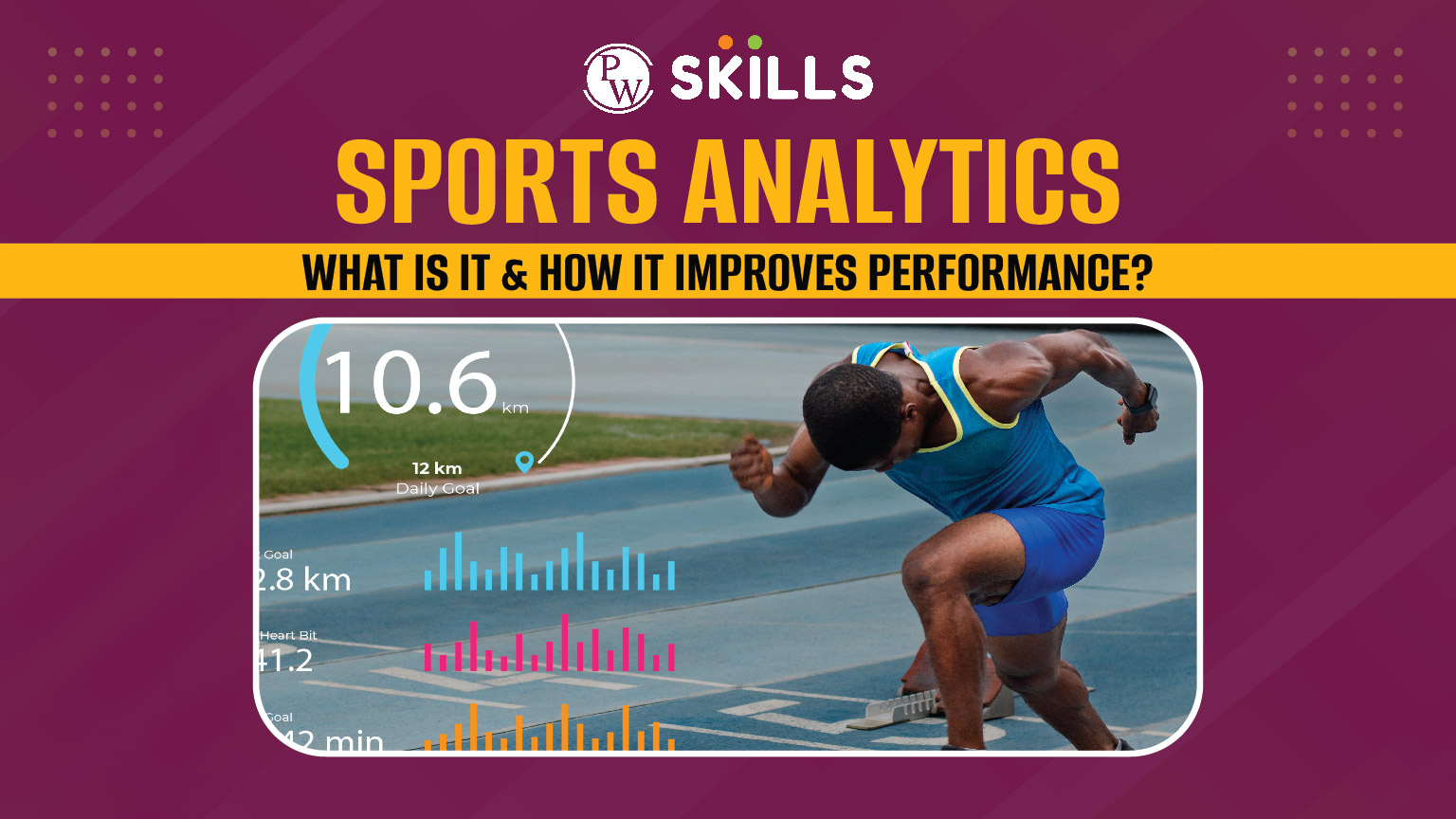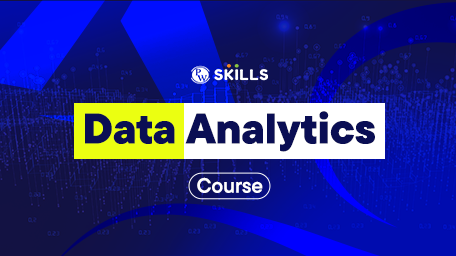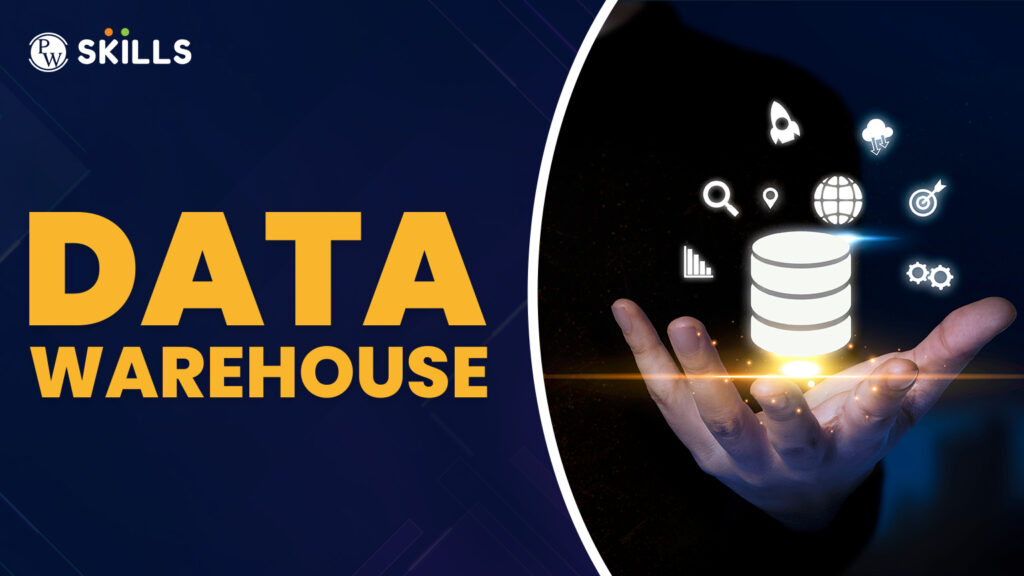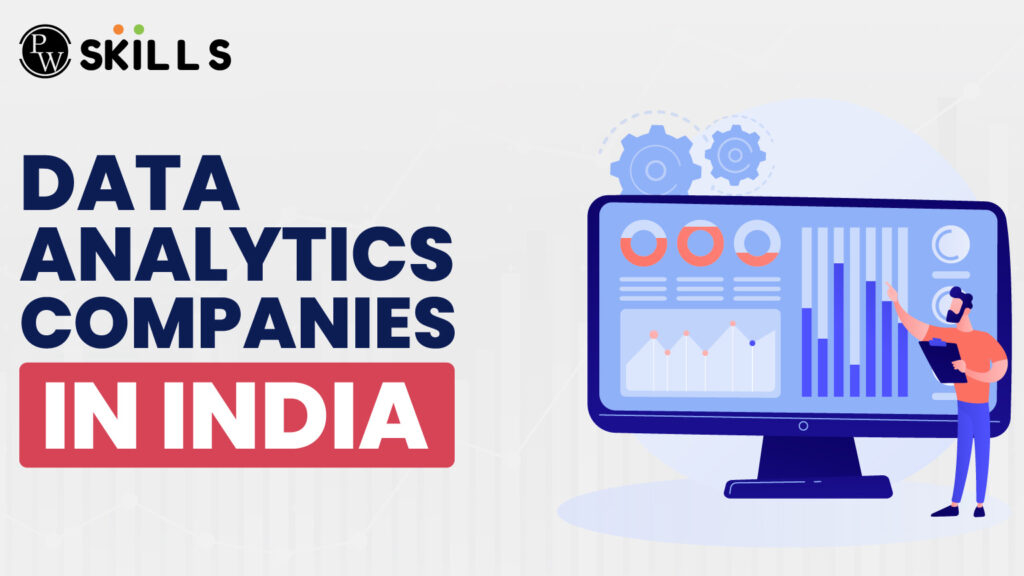Sports Analytics uses quantitative and statistical analysis of sports and associated data, factual management, and predictive and explanatory models to make beneficial sports decisions both off and on the field.
It can be defined as the collection of appropriate historical statistics that provide a competitive edge to a performing sports team or individual and success in the game against others. The current dynamic era of sports has raised the importance of sports analysts more than ever leading to numerous job openings in the field. In this article, we will learn more about sports analytics and its importance.
Sports Analytics: Key Takeaways
- Sports analytics is the art of using relevant historical statistical data and analyzing and interpreting it to gain useful insights into the game, athletic performance, team strategies, and much more.
- The use of data analysis in sports analytics helps to forecast the results of a continuing game and thus is of much interest to fans.
- Almost all prominent education and sports sites provide comprehensive courses on sports analysis, sports management, and more.
- Sports analysis is a comprehensive field with a wide range open for jobs as a general sports analyst, data analyst, data manager, specialized sports analyst, etc.
Understanding Sports Analytics: An Overview
Ever since Henry Chadwick, the Father of Sports Analytics introduced the term to the world of sports, it has been a consistently growing arena. More than ever before, it has grown as a mandatory demand in modern sports used by sports authorities, team managers, coaches, and players to make the most of it.
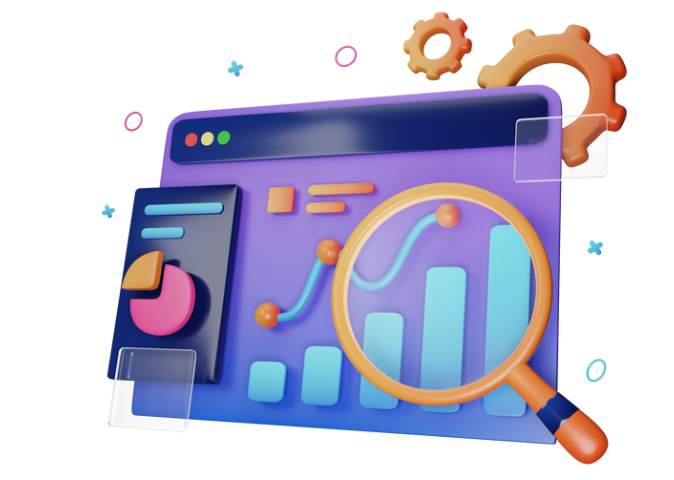
Sports analytics can be defined as a comprehensive way of using data analytics and modern technologies to create datasets of relevant sports information for its use in framing sports strategies and team strategies, improving individual player performance, and earning greater profits in a sports franchise.
Also, check How to become a data analyst in 2024?
Here is a quick overview of Sports Analytics that helps understand it better.
| Pointers | Explanation |
| What is sports analytics? | Sports analytics is defined as the collection, utilization, analysis, and interpretation of relevant sports data and statistics to understand specific sports, team strategies, athletic performance and much more. |
| How does sports analytics work? | Sports analytics make use of comprehensively collected data and translate those complex datasets into meaningful and relevant insights to facilitate decision-making and enhance performance.
The use of AI and modern technologies is quite helpful in the collection, translation, analysis, and interpretation of sports and associated data. |
| What is the benefit of sports analytics? | Sports analytics is beneficial in assessing teams and individual sportsmen or sports women to possess a competitive advantage in providing useful information to them, coaches, and staff members. |
| How many types of sports analytics are there? What are they? | There are two prominent types of sports analytics. These are On-field sports analytics and Off-field sports analytics.
While on-field analytics is used to enhance athletic performance and coaching, off-field analytics is used by team owners and sports authorities to make financial profits by winning games. |
| An example of the use of Sports Analytics | A common example of the use of sports analytics is its use in creating player profiles for making decisions about when to rest and how to keep healthy. This is done by collecting data from saliva samples and wearables. |
The Innumerable Benefits of Sports Analytics
The benefits of sports analytics are innumerable and range over a variety of aspects. Some of its prominent benefits are listed below:
1. Coaching and Player Development
Sports analytics helps in better coaching by identifying areas of improvement, strengths and weaknesses of the team or players by providing objective feedback on athletic performance. Further, it helps in the improvement of play quality and reduction in injuries.
2. Team Performance
Sports analytics is beneficial in analyzing team performance and forecasting game results.
3. Game Strategy
Sports analytics is used in the development of better game strategies by learning about the strengths and weaknesses of competitors.
4. Sports Betting
Sports analytics is useful for sports bettors as it provides them with intel for better decision-making, whether in the case of nightly wagers or fantasy sports leagues.
5. Merchandise and Product Development
Sports analytics helps develop products and merchandise based on fan popularity.
Recommended Course
- Generative AI Course
- Python DSA Course
- Devops Course
- UI UX Course
- Digital Marketing Course
- Product Management Course
How does sports analytics facilitate performance enhancement?
Sports analytics help in improving the performance of teams and athletes in different ways. These include the following:
1. Facilitates better formulation of strategies by coaches
Sports analytics helps coaches and players formulate better game strategies by allowing them to learn about the weaknesses and strengths of their competitors.
2. Helps coaches decide on player combinations and positions
Sports analytics is highly instrumental in deciding player combinations and positions of players in the team. This is because it helps the coaches learn about what players work best together, what players perform best at what positions (for instance, as opening batsmen or finishers), what players are best suited to play against what competitors, etc.
3. Strategic decision-making by teams
Again, sports analytics facilitates strategic decision-making by teams such as decisions on what players to bring on in specific situations. For instance, to decide on what players to revive in Kabbadi etc.
4. Performance optimization by teams
Sports analytics is significant in helping teams and players optimize their performance via improved training programs and strategic game insights and game plans.
5. Identification of areas of improvement
Sports analytics helps coaches and trainers identify the areas of improvement in individual players and the team as a whole as sports analytics allows learning about their weaknesses and strengths, fitness level, skills, and performance statistics.
6. Objective feedback
Sports analytics provide objective feedback on the athletic performance of players via data visualization tools and statistical data models. It facilitates constant improvement and helps athletes remain motivated.
Also, check 10 Best Companies for Data Analysis internship in 2024
What are the Various Types of Sports Analytics?

Notably, there are two different types of sports analytics. These are discussed as follows:
1. On-field Sports Analytics
On-field sports analytics refers to the utilization of real-time historical and statistical data to enhance the performance and performance strategies of players and teams. It utilizes data metrics such as positional data, ball movement, and player speed, along with biomechanical data and video footage.
On-field sports analytics helps in decision-making associated with training programs, game tactics, athletic fitness tactics, and player evaluations and facilitates actionable game plans. It is generally used by coaches, team managers, and players. Thus, on-field sports analytics facilitates the improvement of the on-field performance of players and teams.
A simple way coaches use real-time sports analytics is by making in-game decisions and deciding on further tactics. Such as finalizing questions like “Who is the best player in the NBA?” or “Who brings in the most goals?” to decide on game strategy, player positioning, etc.
2. Off-field Sports Analytics
Off-field sports analytics is defined as the use of data analytics by sports organizations and franchises for more profitable decision-making and growth. The advancement of modern technology has made data collection easier and more comprehensive facilitating the growth of sports analytics and thus its enhanced use in drawing profits in the sports industry.
Off-field sports analytics is associated with the business side of the sports industry. This incorporates things like financial records, marketing campaigns, merchandise sales, ticket sales, and operational costs.
It also helps sports franchises in increasing their fan base and thus bring in more financial gains. For instance, marketing teams of different sports organizations and team franchises use relevant data and analyze it to craft creative and influential marketing campaigns to acquire more and more fans.
Job Prospects in Sports Analytics
The jobs in sports analytics are interesting, challenging and rewarding. Apart from data analytics and sports management, sports analytics jobs require expertise in several other fields such as statistics, computer science, modern technology, and marketing and communications.
Some of the most common job profiles in sports analytics include the following:
1. Sports Analyst
A sports analyst helps analyze games, specific sports, athletes, teams, their performance and more. There are analysts for specific sports such as cricket analyst, football analyst etc.
2. Sports Commentator
Sports commentator is a common position in all sports and they give commentary on real-time games based on sports analysis statistics, their personal game experience and data analytics based on the sports, teams, players and game.
3. Sports Journalist
Sports journalists cover sports news and intel associated with games, sports, the sports industry, and athletes.
4. Data Researcher and Data Analyst
Data researchers and data analysts collect, analyze and interpret relevant statistical data associated with sports to prepare datasets, forecast games, and more.
5. Sports Manager
Sports managers manage teams and individual athletes based on data from the sports analysts team along with trainers and coaches.
A professional interference of big-dollar sports teams into sports analytics for their officiating, live productions, broadcasting, and digital and video content pushes for these roles in sports analytics jobs as well.
Kickstart your Sports Analytics Journey by choosing a Course to Pursue
- To kickstart a career in sports analytics, the bare minimum requirement is to have a bachelor’s degree in any field from a recognised university. However, it is always more beneficial to possess a degree in sports analytics, sports management, or sports management with an analytics concentration, and business analytics.
- Sports analytics is a growing arena in sports, analytics, academics and media. Among the companies that provide sports analytics courses include the Catapult Group International Limited, Sports Performance Analytics by the University of Michigan, etc.
- The National Institute of Sports provides courses in sports analytics and management.
For a comprehensive and practical sports analytics course, Physics Wallah provides the PW Data Analytics Course which focuses on real-time analytics and data study to understand elite sporting franchises, organizations, athletes, player performance, and more.
Sports Analytics FAQs
Q1. What is sports analytics?
Ans: Sports analytics is a comprehensive analysis of relevant sports data such as athletic performance, recruitment and business operations. The data collected is analyzed and interpreted to frame team strategies, improve and enhance player performance, and achieve success.
Q2. What are the two different types of sports analytics?
Ans: There are two varied types of sports analytics. These are:
On-field Sports Analytics
Off-field Sports Analytics
Both help enhance player performance and strategize upcoming games for sure-shot success.
Q3. How can I learn sports analytics?
Ans: One can simply learn sports analytics by enrolling on a comprehensive and practical sports analytics and management course that teaches via current technology, relevant examples, and real-life and action-driven sports-associated cases.
Q4. What is the highest salary of a sports analyst in India?
Ans: The highest salary of a sports analyst in India is around INR 4 Lakhs. A sports analyst in India has an average gross salary of INR 3 Lakhs. It ranges between INR 1.5 Lakhs to INR 4 Lakhs.

